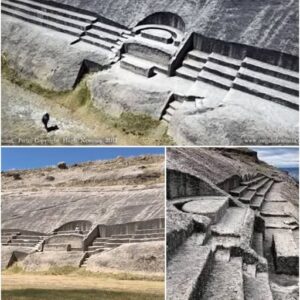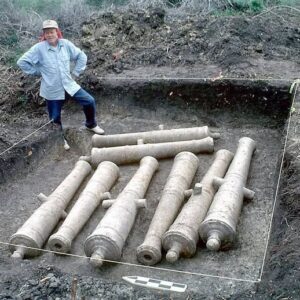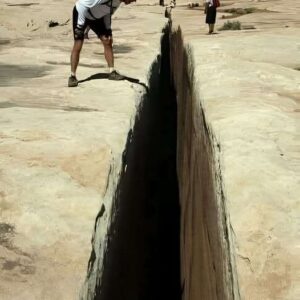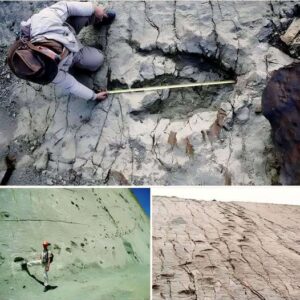Nestled within the breathtaking landscapes of Utah’s Canyonlands National Park, the Ancient Grabens stand as a captivating wonder of geology. Stretching over 16 miles and plunging to depths of up to 246 feet, these formations offer a glimpse into the awe-inspiring forces that have shaped the earth over millions of years.
Picture a primordial era 300 million years ago, when a vast inland sea covered what is now the American Southwest. As this ancient body of water retreated, it left behind a rich tapestry of historical imprints and deposited layers of salt, some of which reached depths of over a thousand meters. Nature, in its patient artistry, proceeded to fashion a masterpiece, layering limestone, sandstone, mudstone, and siltstone in a vivid array of reds, whites, grays, and browns.

But the true marvel lies hidden beneath the surface. Here, the salt layer behaved like a slow-moving fluid under pressure—a phenomenon known as “salt tectonics.” As the landscape evolved into canyons, this layer of salt enabled movement, causing the solid rocks above to fracture and shift. This geological dance resulted in some land blocks sinking while others rose, ultimately forming the striking trenches and plateaus that grace the region today.
The Ancient Grabens serve as a testament to nature’s intricate and powerful processes, showcasing the enduring impact of time and pressure on the earth’s features. Visitors to Utah’s Canyonlands National Park are treated to a visual symphony of colors and textures, where each layer of rock reveals a chapter in the unfolding story of our planet’s geological history.
Exploring these ancient geological formations offers a humbling perspective on the vast timescale over which our planet has been molded and transformed. The Ancient Grabens, with their deep-rooted history and stunning beauty, stand as a reminder of the enduring legacy of nature’s intricate craftsmanship.





